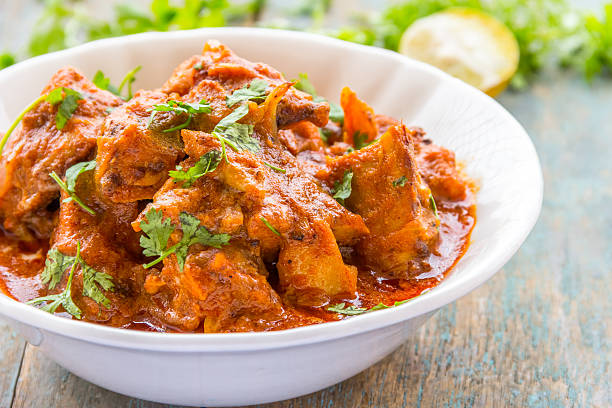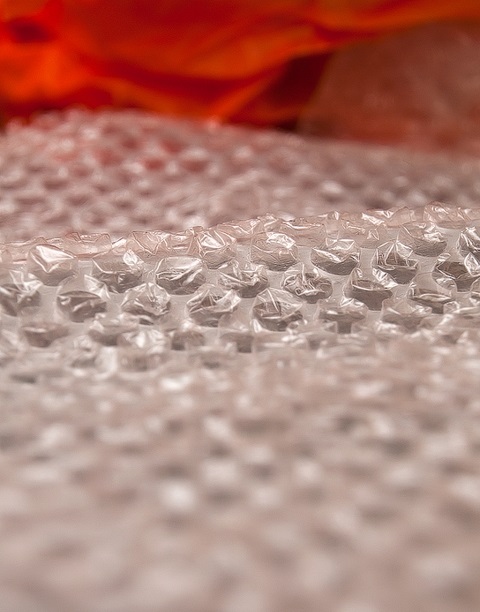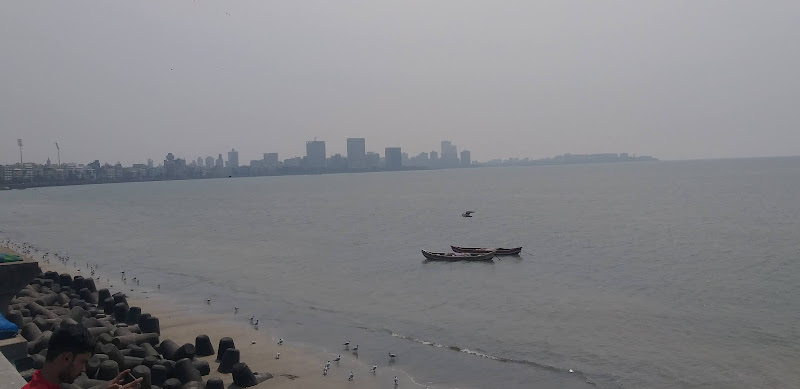FOOD PHOTOGRAPHY
Food photography is a still life photography genre used to create attractive still life photographs of food. It is a specialization of commercial photography, the products of which are used in advertisements, magazines, packaging, menus or cookbooks.
Starting with backgrounds
Backgrounds are an integral part of a food image’s overall look, even if you don’t actually see more than a hint of them. Backgrounds often set the mood for the image and either blend in or contrast with the food subject. Whatever look you go for, the idea is to really make the food the star of the show. A clean, beautifully lit white background, creates a light, whitewashed setting that can be a lovely and appetizing look for a food shot.
The possibilities are endless for what you can use as a background to add texture to and increase interest in your food shots. You can use metals, woods, plastics, papers, and fabrics, as well as cool organic materials, such as leaves or coffee beans. When it comes to backgrounds, let your creativity go wild!
- Strobe : Strobe lights are like a flash system that syncs between your camera and your lights. These lights can be strobe lights that work with a stand-alone power source, or they can be mono lights - lights that contain their power source within the unit.
- Continuous : Continuous or hot lighting refers to lights that are always on when shooting. You turn them on, you leave them on, and yes, they get rather hot!
- Natural : Using natural light is an incredibly fitting choice for food photography. An abundance of filtered natural light falling directly on a subject really caresses the food and shows it off to its fullest. This option requires less technical skill and is a really great look; however, counting on the weather to provide beautiful overcast light isn’t the most reliable choice of lighting!
Using color in your food photos helps create a setting that complements your food subject. Color can also affect how people feel about a food image. The feeling can be soft and comfortable, bold and powerful, or perhaps somewhere in between.
In general, warm colors are the yellows, oranges, and reds from the color spectrum. I’m talking about the more subdued versions of these colors, not the eye-popping bright colors, such as candy apple red.
Using soft, warm colors for backgrounds, dishes, and linens promotes the feeling of warmth and comfort in an image. A soft yellow napkin under warm apple compote or a subdued brown tablecloth under a dish of macaroni and cheese creates an image that defines comfort food.
Capturing Highlights and Drips
Highlights and drips are two areas where food photography differs a little from non-food photography. Traditional commercial photography tends to shy away from the harshness of specular highlights and the messiness of drips and imperfections.
Specular highlights are sometimes just a smidge too bright and distracting in a photo, but these glistening highlights are a great enhancement to some food photos. They give the images depth and form and, when controlled, can make a good image spectacularly appetizing.
.







Comments
Post a Comment